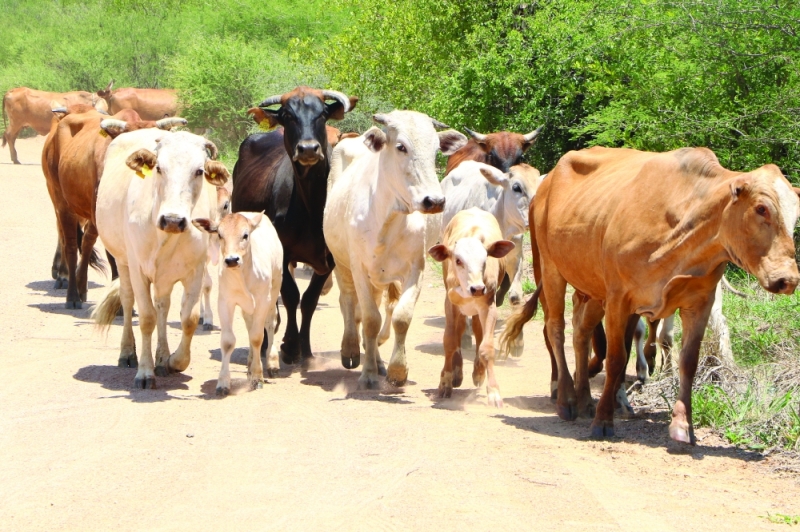Gov’t softens stance on destroying FMD cattle
Lebogang Mosikare | Monday October 2, 2023 06:00


On June 7, MoA released a statement entitled, “The cattle depopulation exercise in the containment Zone 6b ends”. The press release told farmers in the zone that the cattle registration and collection exercise is expected to be completed by June 13, 2023. “After June 13, farmers will be given 14 days’ notice elapsing on June 27 to bring all cattle that may be remaining.
This is in accordance with the Statutory Instrument (SI) No. 12 of 2023 published in the Government Gazette of February 2023. All cattle that remain unaccounted for in the containment zone at the end of notice period shall be destroyed in order to enable the completion of the depopulation exercise,” said the release.
The FMD was only detected in the villages north of Bisoli ranch namely Jackalas 1, Ramokgwebana, Tsamaya, Tshesebe, Butale, Senyawe, Siviya and Mabuzane. Other villages within the zone include Matsiloje and Matshelagabedi extension areas but the cattle in these villages were found to be free from FMD. Following the detection of FMD in Zone 6b, the MoA set aside P100 million as war chest to control the spread of FMD in the zone.
In September 2022, the government took a final decision to depopulate the area and compensate farmers for the killing of approximately 10,000 FMD infected cattle in Zone 6b. Initially, the MoA had set a compensation fee of P2,840 per beast irrespective of the cattle breed but later increased it to P3,000 after the farmers complained. In addition, the bulk of the proceeds accrued from the sale of the meat will be given to the farmers while the government will only retain money used for transporting cattle from the affected areas to the abattoir. Some farmers in Zone 6b expressed outrage about the compensation saying that it was very low since some of their cattle were breeds worth many times above it (compensation).
Following the publication of the press release, some farmers in Zone 6b pleaded with the MoA to allow their pregnant cattle to give birth first so that they can also benefit from the sale of the calves. The MoA heeded their call hence 200 calves remained in Zone 6 following the publication of the SI. This week, the public relations officer (PRO) of the MoA in the North East District (NED), Kelebogile Mosarwe, told Mmegi from Pandamatenga that about 105 stray cattle were found in Zone 6b following the publication of the SI.
Mosarwe said the MoA has now taken a position to compensate all cattle owners whose cattle was found in Zone 6b even if the farmers did not take them to MoA designated collection points provided the owners can be identified through the Botswana Animal Identification and Traceability System (BAITS). The BAITS system provides a platform for farmers to provide information on their livestock. BAITS is used for animal registration, transfer of ownership, arrival of livestock, veterinary drug treatments and removal of dead/fallen stock. Mosarwe also clarified that all livestock owners who have been identified through BAITS will now be compensated.
The move by MoA is a total departure from its previous stance that all cattle found in the zone and whose owners have not brought them to collection points will be destroyed and the owners will not receive any compensation from the ministry. However, Mosarwe also clarified that all cattle found in Zone 6b but whose owners are unknown will be destroyed. He added that their owners will not receive any compensation from the MoA because they (owners) will be unknown. Meanwhile, Mosarwe also told Mmegi that the MoA has now started the process of relocating all calves that were remaining in Zone 6b to Zone 3a in the Chobe District for sale.
Zone 3a is a Red Zone meaning that it is an FMD prone area. Mosarwe said: “After we have translocated all the calves to Zone 3a, we will carry out another FMD surveillance in Zone 6b on sheep, goats, pigs and wild animals. We will do so six weeks after the relocation of the calves in order to ascertain if all the remaining animals in the zone that are susceptible to FMD have or don’t have it. We anticipate to have completed the process of relocation by Independence Day or by mid October barring any unforeseen circumstances.”
